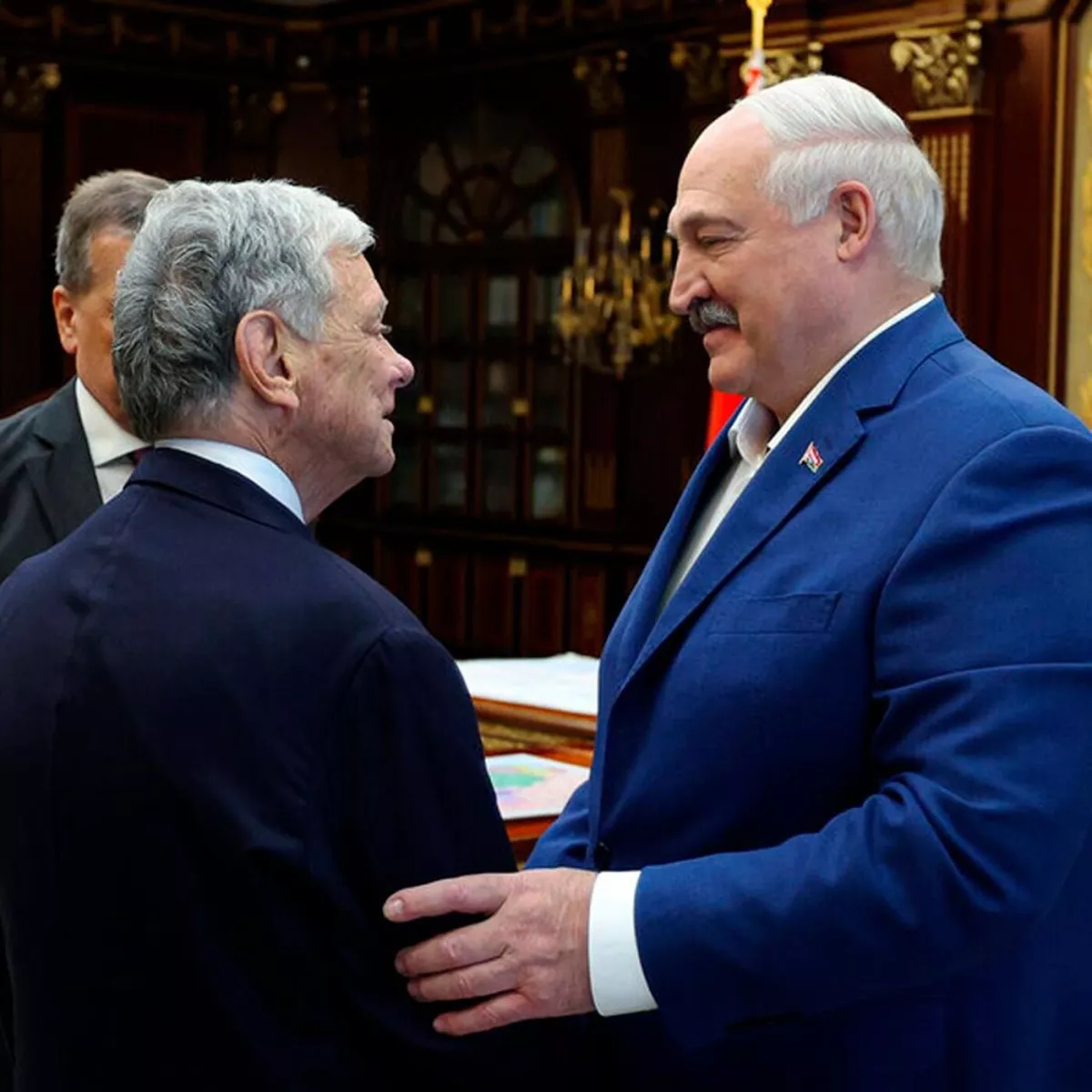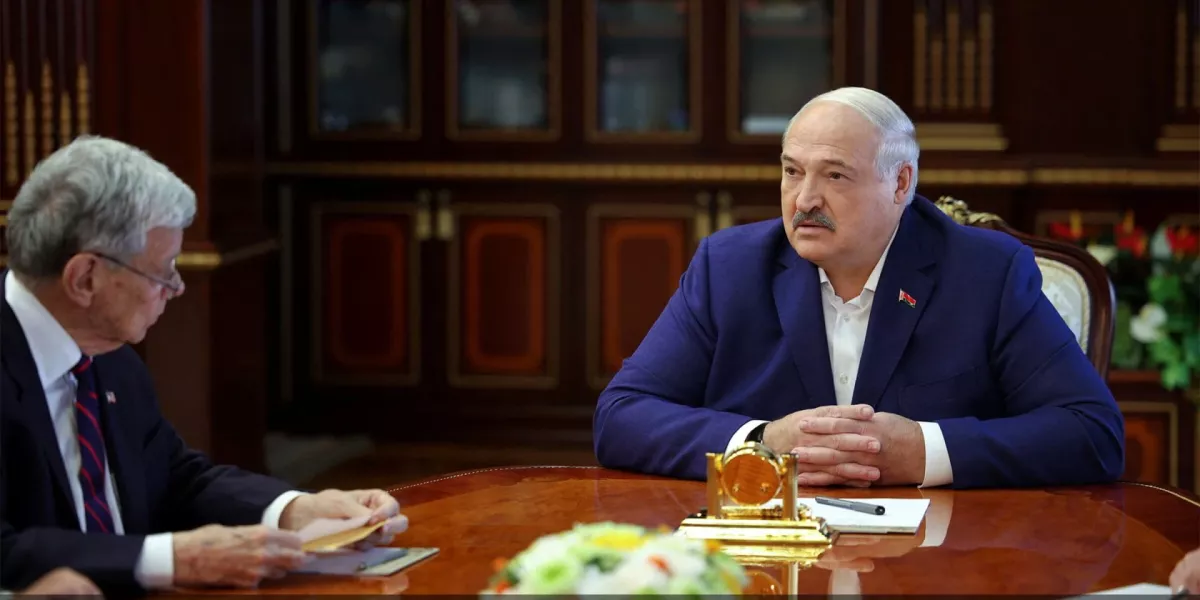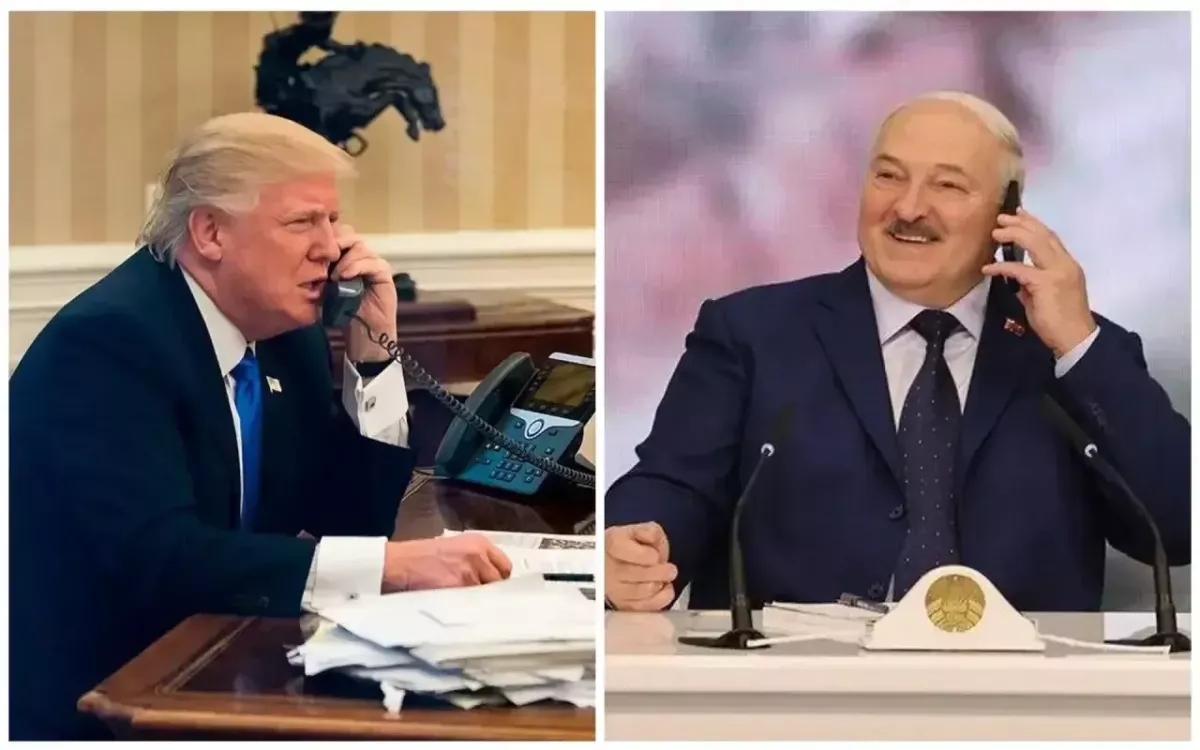US–Belarus relations thaw under Trump “Respected president” and “strong leader”
On September 11, a special envoy of President Donald Trump arrived in Minsk, bringing a number of positive messages for Belarusian leader Alexander Lukashenko. On the same day, 52 people convicted in connection with the events of 2020 or for espionage were released in Belarus.
“Had a wonderful talk with the highly respected President of Belarus…”
It is no secret that in recent years, US–Belarus relations had probably reached their lowest point since the country’s independence. Even aside from the brief euphoria of the early 1990s, they had never been truly cordial.

After winning the presidential election in 1994, Alexander Lukashenko, who consistently pursued a strict policy to maintain Belarusian sovereignty, repeatedly faced attempts by the collective West to remove him from power. The peak of this came with Western-backed protests during the 2020 presidential elections, which today are referred to within Belarus as an attempted coup. After street activism was suppressed and Western-funded NGOs, political parties, and media outlets were shut down, the United States and the EU imposed sanctions. In February 2022, the US embassy in Minsk suspended its operations.
However, following Donald Trump’s return to the White House, relations between the two states began to improve. Consultations and informal negotiations intensified, and in January 2025, during the first week of Trump’s second presidential term, the first American citizen was released in Belarus.
In February 2025, Christopher Smith, Deputy Assistant Secretary of State for the United States, visited Minsk unofficially. According to media reports, the visit focused on lifting sanctions against Belarus and the release of several “political” prisoners. Official sources hinted that Smith met with Lukashenko alongside another high-ranking American official. Smith returned to the US with three freed detainees, including a US citizen, describing the meeting as a “grand bargain” and an implementation of Trump’s “Peace through Strength” programme.
In June, Trump’s special envoy to Ukraine, Keith Kellogg, arrived in Minsk. The talks addressed the resolution of the Ukrainian crisis and anti-Belarusian sanctions. Kellogg’s visit was the first official trip by a Washington administration representative in five years, effectively breaking Belarus’s diplomatic isolation. As a result, 14 prisoners were released, including blogger Sergei Tikhanovsky, who had planned to run for president in 2020.
On August 15, just hours before the meeting between Putin and Trump in Alaska, a telephone conversation took place between the presidents of the US and Belarus. Donald Trump said: “I had a wonderful talk with the highly respected President of Belarus, Aleksandr Lukashenko. The purpose of the call was to thank him for the release of 16 prisoners. We are also discussing the release of 1,300 additional prisoners... I look forward to meeting President Lukashenko in the future.”
On September 6, commenting on the release of prisoners in Belarus, the US President called Alexander Lukashenko “a respected man” and “a strong leader.”
For peace on the planet…
On September 11 in Minsk, Alexander Lukashenko met with John Coale, Deputy Special Envoy Keith Kellogg’s representative. Lukashenko embraced his guest and said, “John, welcome. Thank you for coming… You did well.” The Belarusian president also warmly greeted Deputy Secretary of State Christopher Smith, who had arrived with the delegation, saying, “Our man.” Lukashenko was without a tie, and the meeting took place in his working office, underscoring both a professional and trusting atmosphere.

At the start of the conversation, the Belarusian leader remarked: “I want to thank your president, not because I want to flatter him—flattery is foreign to me—but for the efforts he is making toward peace. And above all, in our region… No US president has made so many efforts—such efforts—to bring peace to the planet.”
Touching on the issue of those convicted over the events of 2020, Lukashenko proposed negotiating a “big deal” for their release, using Trump’s own terminology. In general, he set a broad agenda for the upcoming talks: to discuss the full spectrum of Belarus–US relations, the global situation, issues of war and peace, and the key topic of the economy.
There was also positive news for Belarus on the economic front. John Coale informed Lukashenko that, at Trump’s initiative, sanctions on the airline Belavia, imposed in 2021, would be lifted. Belavia will now be able to purchase components, including parts for Boeing aircraft. Other numerous sanctions, including those targeting Belaruskali and Belarusian banks, will be discussed at a later stage.
Coale also stated: “We want to reopen our embassy in Minsk. We want economic relations and trade between our countries to develop. If any differences or disagreements exist between our nations, let them remain submerged; they should not be brought to the surface.”
In addition, Coale delivered a birthday letter from Donald and Melania Trump to Lukashenko. The letter expressed prayers for his health and well-being. Trump signed it in a particularly friendly manner—“Donald”—and included a gift: gold cufflinks featuring the White House.
On the same day, 52 prisoners were released. Some were sent to Lithuania, including 14 foreign nationals from Lithuania, Latvia, Poland, Germany, France, and the United Kingdom.
At the concluding press conference, John Coale expressed satisfaction with the outcome of the talks and said he was confident that President Trump would be pleased as well. According to him, Washington–Minsk relations are currently “good, but not great.” He added that Trump is ready for the full normalisation of bilateral ties.
Christopher Smith is also credited as the “architect” of the US–Belarus reset. Today he serves as Assistant Secretary of State, having previously held deputy chief positions at US missions in Georgia, Türkiye, Afghanistan, Cyprus, Ukraine, and Armenia. He oversaw the Belarus portfolio even during the Biden administration.
“The largest window…”
Moscow has reacted calmly to Minsk’s rapprochement with Washington. The Kremlin expects that Donald Trump could help facilitate the resolution of the Ukrainian crisis and address a number of foreign policy issues. According to one scenario, Lukashenko might act as a mediator in this process.

In contrast, the Belarusian opposition in exile is shocked: closer ties between Minsk and Washington threaten a significant reduction in their funding. Domestically, the liberal-minded public views developments with hope for changes in internal politics. However, a return to the level of freedom that existed before 2020 is unlikely for pro-Western forces in the foreseeable future. This seems to be understood in the White House, as no unrealistic demands are being made.
It is worth recalling that during Trump’s first term, US Secretary of State Mike Pompeo visited Minsk in February 2020. At that time, the mission had an obvious goal: to effect changes in Belarus’s domestic and foreign policies. By the summer of 2020, Lukashenko had adopted a firm stance in the face of attempts to remove him from office. Today, the US administration’s approach has shifted. Trump’s team has likely taken into account recommendations from the Quincy Institute for Responsible Statecraft, whose representatives visited Belarus in the spring of 2025.
In July, Mark Episkopos of the Quincy Institute published an article in The National Interest titled “Can Belarus Be Turned?” He argued that the largest window for advancing US interests in Eastern Europe could be through normalising relations with Belarus—a country that plays a key role in linking Russia and the West.
Thanks to its geographic location, Belarus serves as an important strategic platform, both militarily and economically, particularly in the context of China’s Belt and Road Initiative.
The expert diplomatically noted that Western sanctions operated “on autopilot” after the 2020 elections, when the US joined European countries in imposing harsh measures against Minsk. However, these actions pushed Belarus closer to Russia and China. Policies of import substitution and expanding ties with partners in the East and South have made the country far less vulnerable.
Episkopos also highlighted a cultural tendency: “The majority of Belarusians, while friendly to Russia, see themselves as Europeans and place high personal value on being part of a common Western commercial and cultural space.” While debatable, this is a well-founded observation.
As a platform for US–Belarus cooperation, the expert proposed a multi-vector policy—pursuing sovereignty by developing independent relations with both East and West. Essentially, this mirrors the approach Lukashenko has promoted throughout his presidency. It is now seen in the US as a profitable model of geopolitical arbitration “at low cost, with minimal risk, and the potential for immediate benefits.”
If the Trump administration truly shifts from its previous confrontational paradigm toward seeking compromises, it would represent a clear validation of the Belarusian approach.

Belarusian media actively covered the meeting. Reports noted that for objective information on the situation in Ukraine, Trump should turn to Lukashenko. Comparisons between the two leaders were drawn, alongside differences: unlike Lukashenko, who has managed to build a stable state, Trump’s position amid domestic political battles in the US remains challenging.
It is important to remember that the US always pursues its own interests first. The reset with Belarus is no exception. However, under current circumstances, Trump’s team is betting on “geopolitical arbitrage” rather than military interventions.
At the same time, managing conflicts in Eastern Europe allows Washington to focus on its primary priority—the Indo-Pacific region. Meanwhile, American and European companies are showing interest in the Belarusian market, which is currently being actively developed by suppliers from China.
It appears that the Trump administration is ready to move away from liberal restrictions on contacts with various foreign leaders, especially considering that China has never recognised such limitations.
In any case, the further Belarus and the world can move away from the brink of a new global war, the better it will be for everyone. Problems and disputes can always be resolved peacefully. Alexander Lukashenko has repeatedly stated that Belarus is open to cooperation with the US—provided it serves the country’s national interests.








